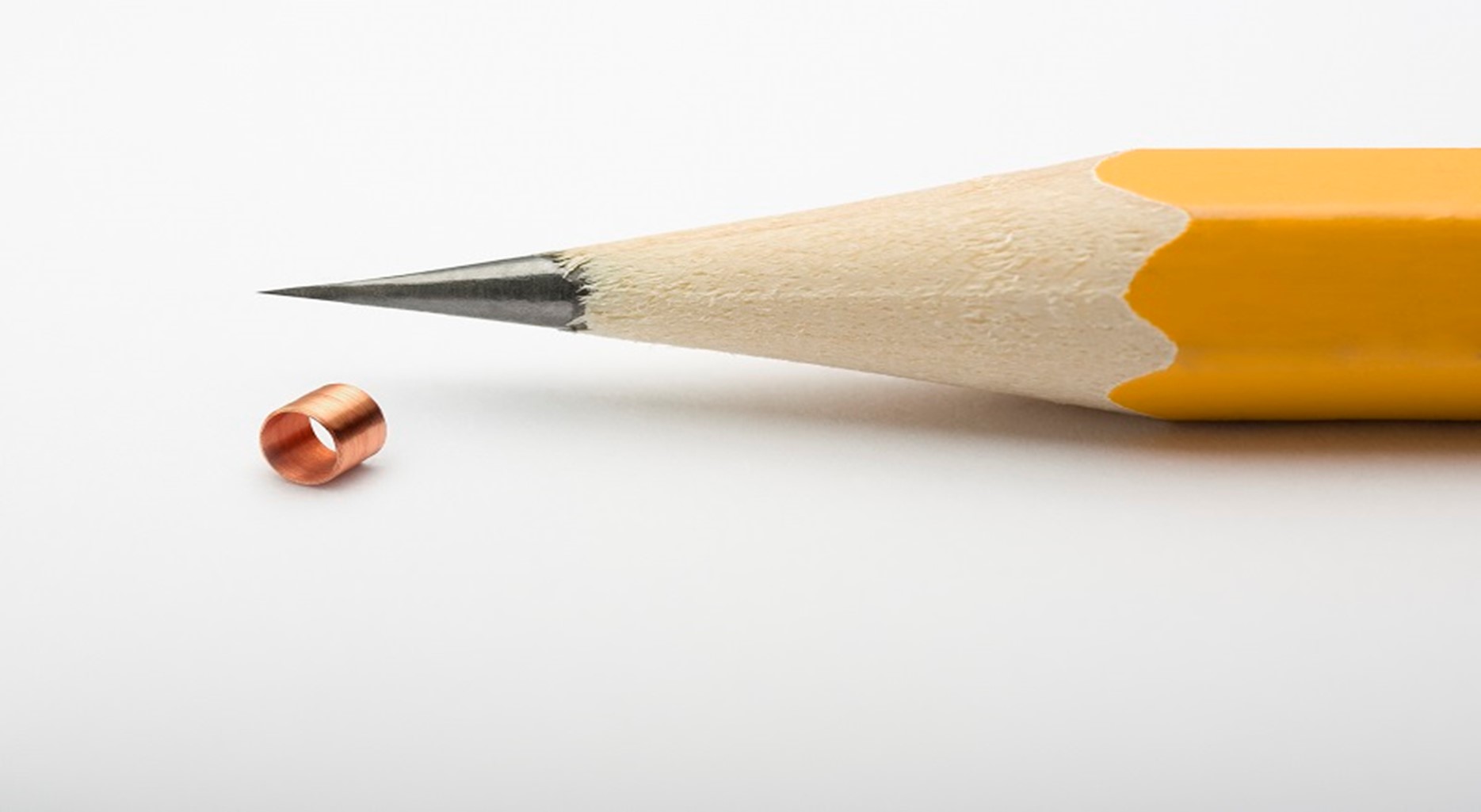The need for RF coils is increasing day by day in the electronics and medical field and so is the demand for RF coil winding process. The RF coil stands for the radiofrequency coil which is nothing but a special type of electromagnetic coil. The winding process of RF coils is the heart of the manufacturing of these coils that involves winding a conductor around a core. The conductor has to be very efficient to conduct electricity and it has to be ultra-fine wire to prepare miniaturized RF coils. Manufacturers should also coat the wire effectively to prevent damage to the wire from heating. This article will focus to explain the applications, characteristics, and manufacturing process of the RF coils.
Applications of RF Coils:
RF coils or Radiofrequency coils are useful in an array of applications in different industries. RF coils are mainly applicable for the production of medical and electronic sensors. The most noteworthy example of RF coil application is MRI or Magnetic Resonance Imaging machine. In an MRI machine, the function of the RF coil is to receive and communicate the signals in order to detect the body’s functioning.
The Main Characteristics of RF Coils:
RF coils reflect the following characteristics, such as-
- Manufacturers twist an insulated conductive wire around a core or pin during the RF coil winding process. This conductive wire is responsible for producing a magnetic field through conducting electricity. Therefore, the RF coil manufacturing process depends on the required intensity of the magnetic field.
- The produced magnetic field by the RF coil acts as a bar magnet with two distinct poles, such as a south pole and a north pole. Depending upon the area of application, the shape and size of the RF coils can be different. Most importantly, the magnetic field strength is a crucial factor to determine the RF coil’s shape.
- If you increase the number of turns by including an additional layer around the core, this will increase the magnetic field strength.
RF Coil Manufacturing Process:
The core procedure for the RF coil manufacturing process is the winding method. Nevertheless, the manufacturing process includes multiple steps as follows-
- The RF coil manufacturing process starts with preparing the RF coil’s initial design by using modeling and simulation tools. Especially when it is about producing the coils for MRI machines, the tools for initial design become very important. Most designers also use Sweden’s COMSOL Multiphysics tool for the design of the RF coils. In the case of Orthocyclic winding, an interactive approach is essential to mitigate the challenge of space crisis. Above all, collecting the essential information, such as the anticipated number of windings, the obtainable space for the core, and the protected wire’s cross-sectional area is necessary to design the RF coils following the requirements.
- Secondly, the manufacturers have to determine the material and core type for the RF coils based on the operating frequency of the devices.
- This step involves the winding process of the RF coils where the manufacturers twist a copper wire around a core.
- Finally, the manufacturers need to check the RF coils for validation.








